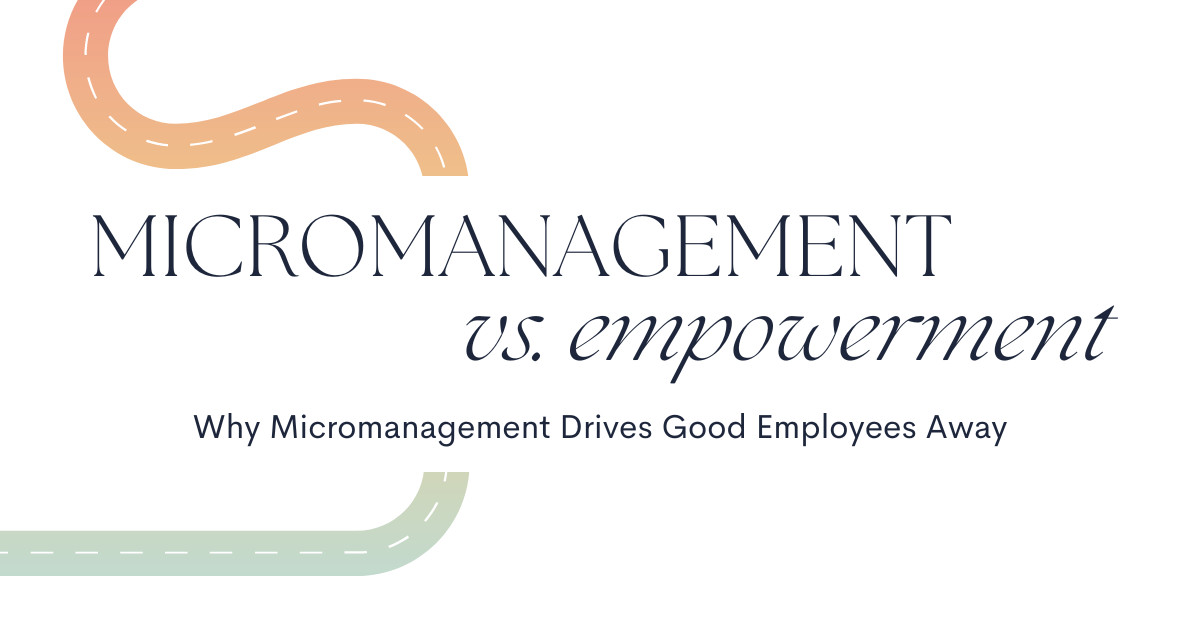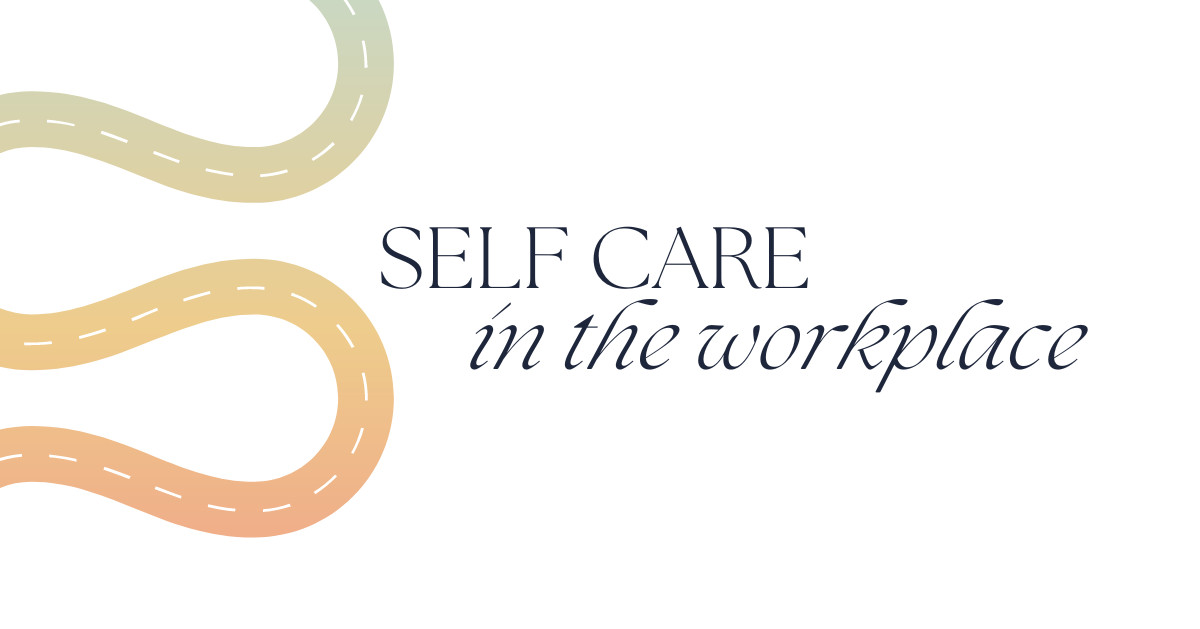In any workplace, leadership style can have a profound effect on employee satisfaction, performance, and retention. Two contrasting approaches—micromanagement and empowerment—shape how employees engage with their work, their teams, and their leaders. While micromanagement might seem like an effective way to maintain control and ensure high standards, it often backfires, driving employees away. In contrast, empowering employees tends to foster creativity, loyalty, and long-term success. Let’s explore why micromanagement drives employees away and how empowerment can create a more productive and satisfied workforce.
What Is Micromanagement?
Micromanagement is a leadership style where managers closely observe or control every aspect of an employee’s work. This excessive oversight often manifests as constant check-ins, unnecessary corrections, and a lack of trust in employees to make even small decisions. While the intention might be to ensure work is done correctly, it leads to a counterproductive environment where employees feel stifled and incapable of reaching their potential.
The Downside of Micromanagement
Erosion of Trust:
Micromanagement sends a clear message: "I don’t trust you." When employees feel like their judgment is constantly questioned, it erodes trust between them and their managers. This can lead to decreased morale, as employees begin to doubt their own capabilities or lose confidence in their work.
Stifling Innovation and Creativity:
Employees who are micromanaged are less likely to take initiative or think creatively. They become so focused on avoiding mistakes or meeting the exact expectations of their manager that they stop exploring new ideas or solutions. This hampers innovation, which is crucial for any business to grow and evolve.
Increased Stress and Burnout:
Constant oversight can lead to employees feeling anxious and overwhelmed. They may feel they are walking on eggshells, worried about being criticized for every small error. This stress, coupled with the pressure of never being able to work independently, can lead to burnout and ultimately cause employees to leave the organization.
Loss of Employee Engagement:
When employees feel they have no autonomy, their engagement levels plummet. Without the ability to take ownership of their work, employees are less invested in the outcome. This disengagement can result in reduced productivity and a higher likelihood of turnover.
Turnover and Retention Issues:
No one wants to stay in a job where they feel undervalued and constantly scrutinized. Over time, micromanaged employees are more likely to seek opportunities where they feel trusted and empowered. High turnover can disrupt team dynamics and lead to additional costs associated with hiring and training new employees.
Why Empowerment Is the Key to Retention
In stark contrast to micromanagement, empowering employees builds trust, boosts morale, and enhances productivity. Empowerment involves giving employees the autonomy to make decisions, solve problems, and take ownership of their work. When employees feel empowered, they are more likely to be engaged, motivated, and committed to their roles.
Building Trust:
Empowering employees shows that you trust them to do their jobs well. This trust fosters loyalty and encourages open communication, allowing for a healthier, more collaborative working environment.
Encouraging Innovation:
When employees have the freedom to approach tasks in their own way, they are more likely to come up with innovative ideas and creative solutions. They take calculated risks and experiment with new methods that might improve processes or outcomes.
Improved Job Satisfaction:
Employees who are trusted to work autonomously often experience higher levels of job satisfaction. They feel a sense of pride and ownership in their work, which contributes to a more positive overall work experience.
Reduced Stress and Burnout:
In an empowered work environment, employees have more control over how they manage their tasks, which can reduce stress. With the autonomy to prioritize and manage their workload, they are less likely to experience the overwhelming pressure associated with micromanagement.
Retention of Top Talent:
Empowered employees are more likely to stay with a company because they feel valued and respected. They’re motivated by a sense of purpose and achievement, which leads to greater loyalty and long-term commitment to the organization.
How to Shift from Micromanagement to Empowerment
If your leadership style tends to lean toward micromanagement, it’s possible to shift toward empowerment. Here are a few steps to get started:
Delegate More: Trust your employees to handle tasks without constant oversight. Start by delegating smaller responsibilities and gradually increase as trust builds.
Encourage Autonomy: Allow employees to make decisions related to their work. Give them the freedom to problem-solve and explore solutions independently.
Provide Constructive Feedback: Instead of controlling every detail, offer guidance and feedback that helps employees grow. Constructive criticism should be focused on development rather than control.
Celebrate Achievements: Recognize and celebrate employees’ successes and efforts. When they feel appreciated, they’ll be more motivated to take ownership of their work.
Final Thoughts
Micromanagement may seem like a way to maintain control, but it often does more harm than good. It erodes trust, stifles creativity, increases stress, and drives employees away. In contrast, empowerment builds a positive workplace culture where employees feel valued, trusted, and motivated to contribute their best. By empowering your team, you not only retain top talent but also foster an environment of innovation and collaboration, which can propel your business toward long-term success.








